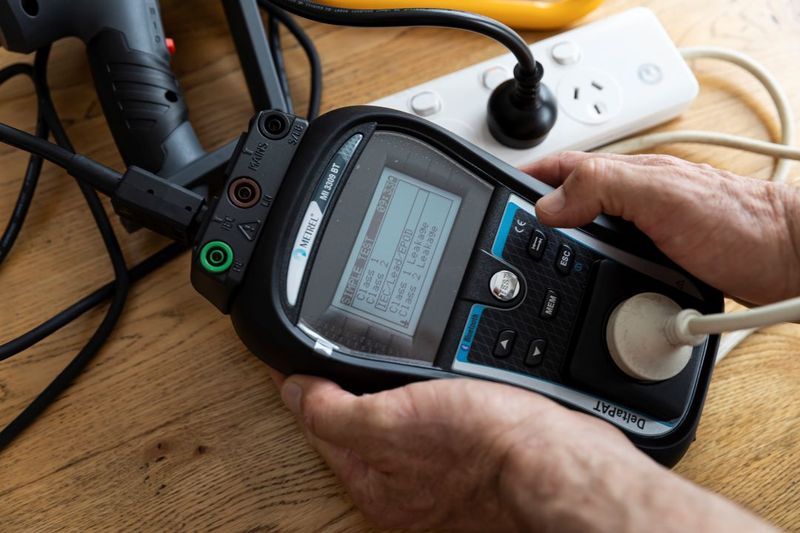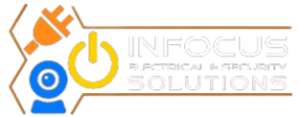
In Australia, regular inspection and testing of electrical equipment is essential to ensure the safety and compliance of buildings and workplaces. Here’s an overview of this process:
IESS can provide regular inspection and testing of electrical equipment to identify and address potential hazards, ensure compliance with safety standards, and maintain a safe and functional workplace. Contact IESS for your Next Test & Tagging requirements.
Website Created by IT Solutions Sydney.
